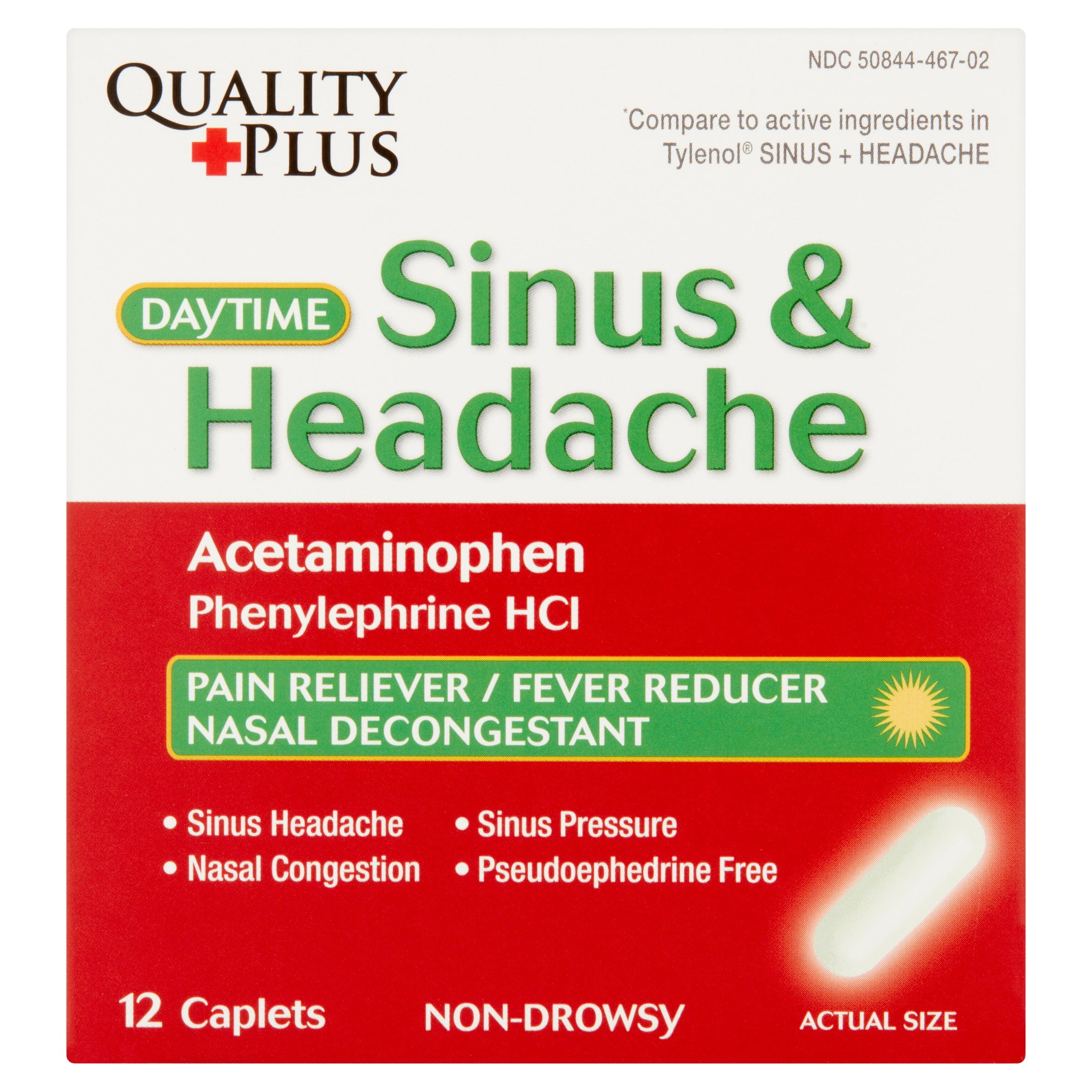

An increase in gas volume of 20 to 30 percent can cause an initially full lung to rupture. ( 1, 13) The most severe outcome of expanding gases is pulmonary barotrauma. Divers should be trained to clear their ears every two feet, and to stop and rise back up a few feet before attempting to clear a blockage. The most common source of pain on descent is from the contraction of air in the middle ear if the eustachian tubes are inflamed or blocked. Sinus pain during descent is called "sinus squeeze." Divers should be trained to detect blocked sinuses and not dive with a cold or an allergic inflammation. Blockage of sinus passages due to nasal congestion or a head cold can cause pain during either ascent or descent. Divers and flyers should anticipate these effects and not attempt to suppress the release of natural digestive gases that will expand during ascent. ( 1, 3, 7, 16) Good dental care should avoid trapped gas in teeth. The most common sites of pain from trapped gases are the digestive tract, sinuses, teeth, middle ear, and lungs (the latter particularly during ascent). Pain and barotrauma from expanding or contracting gases while transiting between pressure zones are the most direct effects predictable from Boyle's Law.Henry's Law states a gas will dissolve into a liquid in proportion to its partial pressure in the air and its solubility in the liquid, and can predict the body's absorption of inert gases into and back from the body at any pressure or depth. Dalton's Law states that in a mixture of n gases the partial pressure of each gas is proportional to the molar fraction of each gas that makes up the total, and can be used to determine how much nitrogen, oxygen, or carbon dioxide is in the ambient air at any hyperbaric pressure underwater. Boyle's Law applies to the expansion and contraction of gases within the body because of external pressure changes due to depth. Most dysbarisms are predictable using some combination of Boyle's Law, Dalton's Law, and/or Henry's Law.Other hazards presented to divers include microbes and parasites ( 3, 7-9), noise ( 3, 7, 10, 11), fire ( 3, 12) and chemicals during underwater cleanup operations.

Although its etiology is unknown, this chronic disease may be related to the evolution of gas bubbles that may or may not be diagnosed as a decompression sickness.


Decompression sickness due to the evolution of inert gas bubbles, in vivo.This acute symptom and potential damage can occur either during ascent or descent, but are potentially most severe when gases are expanding. Pain due to expanding or contracting trapped gases, potentially leading to Barotrauma.The effect of carbon dioxide changes from a respiration stimulant at normal partial pressures of 15-40 mm Hg to a respiration suppressor above 80 mm Hg. The damage of oxygen to the lung and brain will vary with partial pressure above one atmosphere and time of exposure and is a concern when the molar fraction of oxygen is increased, as in NITROX diving. Gas toxicities caused by oxygen and carbon dioxide.Helium, substituted for nitrogen in "mixed-gas diving," can cause an effect called High Pressure Nervous Syndrome beyond 500 feet of salt water (fsw). Gas narcosis caused by nitrogen in normal air dissolving into nervous tissue during dives of more than 120 feet.The first two effects below are associated with hyperbaric conditions the latter three occur due to changing pressures: Divers face an array of unique health hazards.


 0 kommentar(er)
0 kommentar(er)
